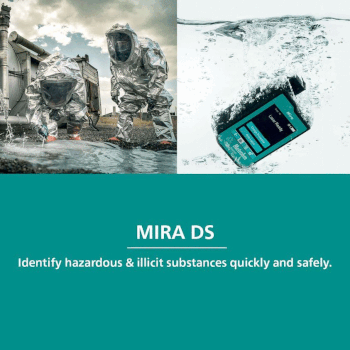Intramolecular Cyclization Utilized for Release of Active Substances from Prodrugs
Abstract
Modelling of appropriate structures of prodrugs is aimed at numerous barriers (pharmaceutical, pharmacokinetic, pharmacodynamic), which the drug must overcome before getting to the site of action. The requirement is to achieve as high therapeutic effect as possible, without unfavourable effects, while minimizing toxicity of the drug by its controlled release at the site of action. At that the bonding to carrier (by ester or amide bonds) and the activation mechanism (enzymatic or chemical activation) are decisive. Chemical activation possesses some advantages over the enzymatic one: first of all it is not affected by biological factors, which can lead to individual differences in drug metabolism. This is why the research and number of studies of prodrugs activated by nonenzymatic mechanisms is steadily increasing. One of the used approaches is release of the drug proper by intramolecular nucleophilic cyclization of the carrier part of the prodrug molecule or release of the cyclic drug. Drug eliminations by intramolecular cyclization occur with prodrugs of the phenol, alcohol and amine types and may proceed by one- or two-step activation.Downloads
Published
2005-02-15
How to Cite
Vinšová, J., & Imramovský, A. (2005). Intramolecular Cyclization Utilized for Release of Active Substances from Prodrugs. Chemické Listy, 99(1). Retrieved from http://www-.chemicke-listy.cz/ojs3/index.php/chemicke-listy/article/view/2079
Issue
Section
Articles




